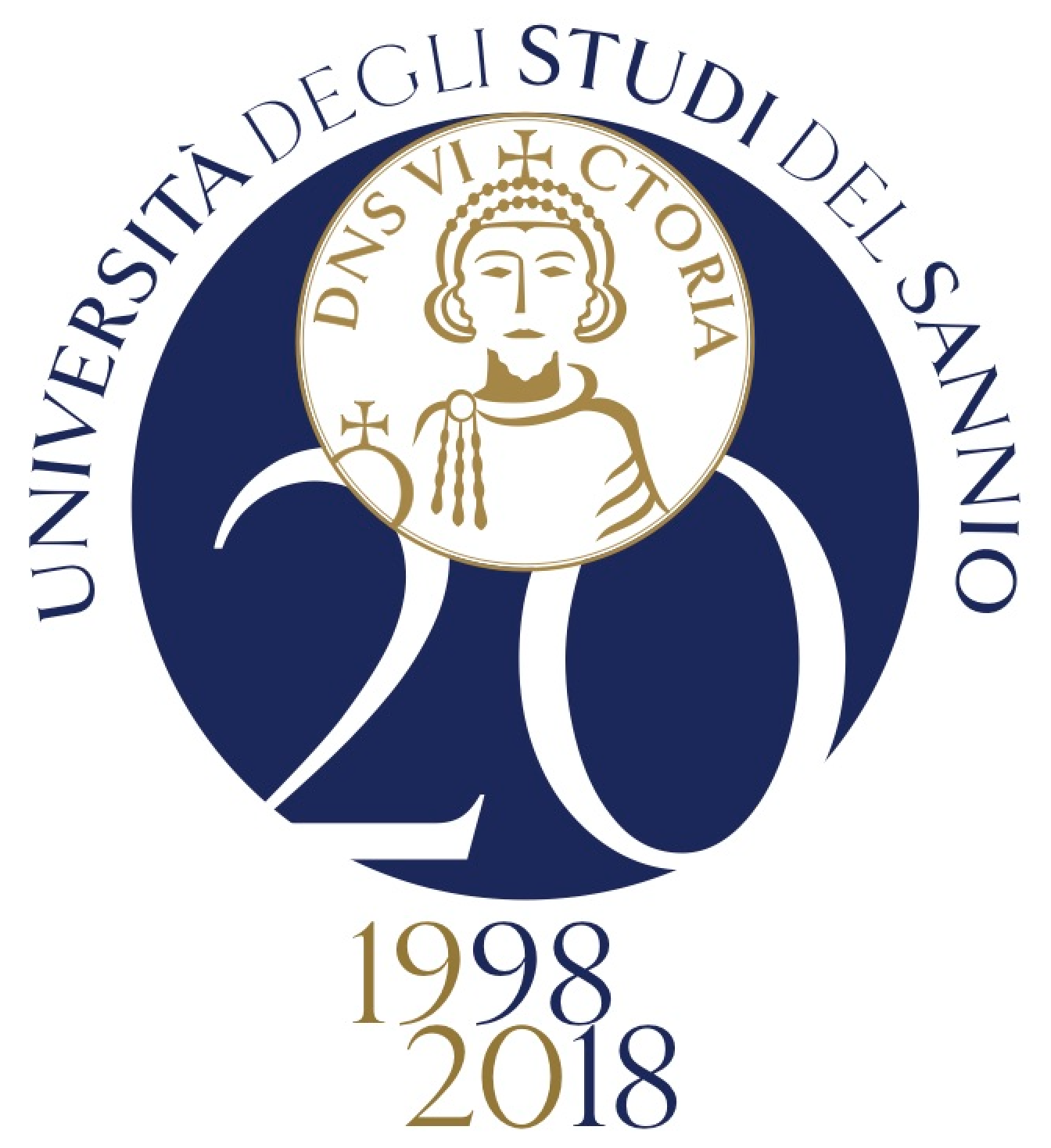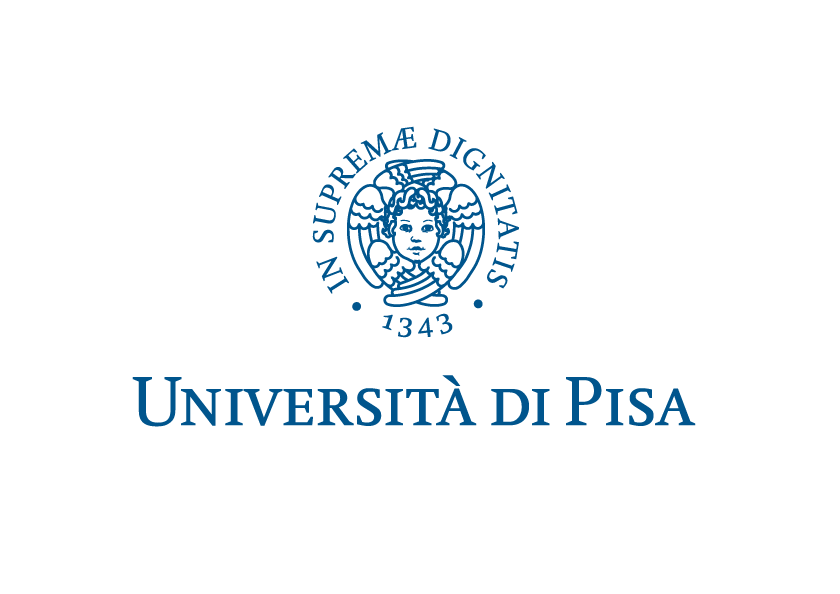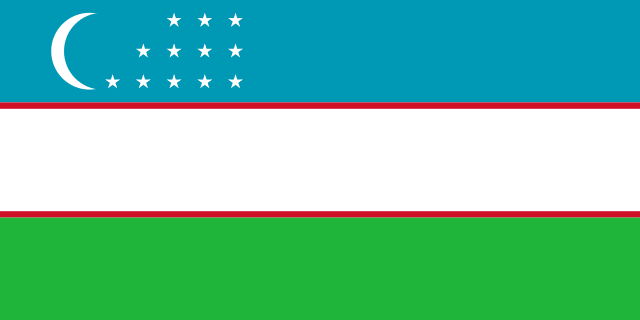| № | Country | University | Years of activity | Number of mobility |
| 1. | Poland | John Paul II University in Biala Podlaska | 2024-2026 | 4 |
| 2. | Austria | JAM MUSIC LAB Private | 2019-2022 | 4 |
| 3. | France | Regional Institute of Social and Nursing Education | 2014-2022 | 10 |
| 4. | Poland | State Higher School named after Pope John Paul II in Biala Podlaska | 2019-2021 | 1 |
| 5. | Romania | University of Arad | 2017-2021 | 8 |
| 6. | Italy | Unisannio | 2010-2021 | 2 |
| 7. | Portugal | University of Porto | 2017-2019 | 2 |
| 8. | Portugal | University of Porto | 2016-2018 | 1 |
| 9. | Italy | University of Pisa | 2015-2017 | 5 |
| 10. | Italy | University of Pisa | 2016-2018 | 5 |
| 11. | Italy | University of Pisa | 2013-2016 | UZHELTH |
| 12. | Italy | Unisannio | 2015-2019 | TechRech |

The JAM MUSIC LAB was founded in 2011 by Marcus Ratka, Johannes Valentin and Andreas Bartosch as a private music conservatory with public recognition as an education institution. It has developed into one of the leading domestic institutions for professional music education in the areas of jazz and popular music. The development towards acquiring private university status had been the goal ever since the initial founding phase. Under the strategic direction of Marcus Ratka, an application for initial accreditation as a private university was introduced in autumn 2015 and was finally granted approval by the Agency for Quality Assurance and Accreditation Austria (AQ Austria) at its 38th meeting on December 13, 2016. Currently, JAM MUSIC LAB Private University for Jazz and Popular Music is the first music university in Austria that’s geared towards focusing holistically on jazz, popular music and media music.

The French Red Cross, founded in 1864, is an independent charity working alongside governments and public authorities. As a key player in society, we provide humanitarian, health, social, welfare and training services. To help carry out our assignments we have a strong team of 18,000 employees and 56,000 volunteers, who on a daily basis, pursue consistent and unwavering charitable principles to provide local support and deliver tangible results and long-term solutions.

State Higher School named after Pope John Paul II in Biala Podlaska was established in 2000. Currently, 3,000 students are studying in it in 18 areas and 43 specialties. Education is free. It is possible to obtain degrees: bachelor, master, as well as PhD. State Higher School named after Pope John Paul II in Biala Podlaska ranks II in the republican ranking of Rezczpospolitej and Outlook 2014 and 2015, in the circle of this type of universities. The CBD in Biala Podlaska invites all organizations working in support of science, as well as economic entities interested in implementing scientific research and development work in the following areas of research carried out in laboratories, to collaborate: Healthcare institutions: in the framework of which diagnostic and epidemiological studies of infectious diseases are carried out. Currently, research is being carried out in the field of tuberculosis and lime disease.

“Aurel Vlaicu” University of Arad is a distinct academic community that operates in accord with the provisions of the Romanian Constitution as well as with the laws pertaining to higher education. AVU promotes and upholds all European conventions regarding higher education. The university employs a highly trained teaching staff and offers the best possible amenities for didactic and scientific related activities. At the moment the university hosts 9 faculties with 9 departments and 11 research centers, 3 institutes and 1 business incubator across 47.903 m2 of didactic spaces, state of the art computer labs, conference and lecture halls etc. The faculties` curriculum plans are corelated with the European Credit Transfer and Accumulation System (ECTS) so that diplomas issued within the EU as well as study periods abroad can be recognized. The Erasmus + programme offers students the opportunity to attend classes within a different university, either foreign or domestic. All ERASMUS + students are guaranteed complete academic recognition for their studies abroad.

The University of Sannio began as a part of the University of Salerno. Initially, it was included in the four-year plan 1986-90. Through Rectorial decrees on September 10, 1990 the following departments were set up: the Faculty of Economic and Social Sciences (now Faculty of Economics) with the degree courses of Banking Economics, Financial Economics, Insurance Economics, and Statistics, the Faculty of Engineering with a degree course in Computer Engineering. In the three-year plan 1991-93, the Faculty of Science was set up with additional degree courses in Biology and Geology. This organisation was established in 1987 by the Chamber of Commerce, the Province of Benevento and the Town Hall of Benevento. Since 2005, the University of Sannio is a partner of the Euro-Mediterranean Center for Climate Change (CMCC). The University of Sannio is divided into 4 Faculties: The Faculty of Law, The Faculty of Engineering, The Faculty of Economics and Business Sciences, The Faculty of Sciences.

The University of Porto was founded by decree of 22 March 1911, issued by the Provisional Government of the First Portuguese Republic. While it is possible to point the university’s predecessors as the Nautical Academy, established by King Joseph I in 1762, and the Drawing and Sketching Academy, created by Queen Mary I in 1779, the university was to be based primarily on higher education institutions created in the nineteenth century, namely the Polytechnic Academy (1836–1911) and Medical-Surgical Academy of Porto (1836–1911).The University of Porto is consistently ranked among the best Portuguese universities. It is among the top 100 universities in Europe, according to the Webometrics Ranking Web of Universities.In 2018, the ARWU ranked the university in the category 301–400 best universities in the world.In 2019, the QS World University Rankings ranked the university as 328th best in the world. QS puts the University of Porto at 51-100 in the subject rankings for Architecture, Chemical Engineering, Civil Engineering, and Sports Science.

The University of Pisa is a public institution with twenty departments, and high level research centres in the agriculture, astrophysics, computer science, engineering, medicine and veterinary medicine sectors. Furthermore the University has close relations with the Pisan Institutes of the National Board of Research, with many cultural institutions of national and international importance, and with industries, especially those based in information technology, which went through a phase of rapid expansion in Pisa during the nineteen sixties and seventies.The University of Pisa was officially established in 1343, although a number of scholars claim its origin dates back to the 11th century.The University of Pisa can be considered a major educational institution, in which more than 53 thousand students study. Together with local applicants, foreign citizens can also apply for university entry. About 4% of foreigners study at UniPi. The professional composition of the university is represented by more than 2300 teachers. The university is actively involved in international exchange programs designed for students and the academic staff of the university.



